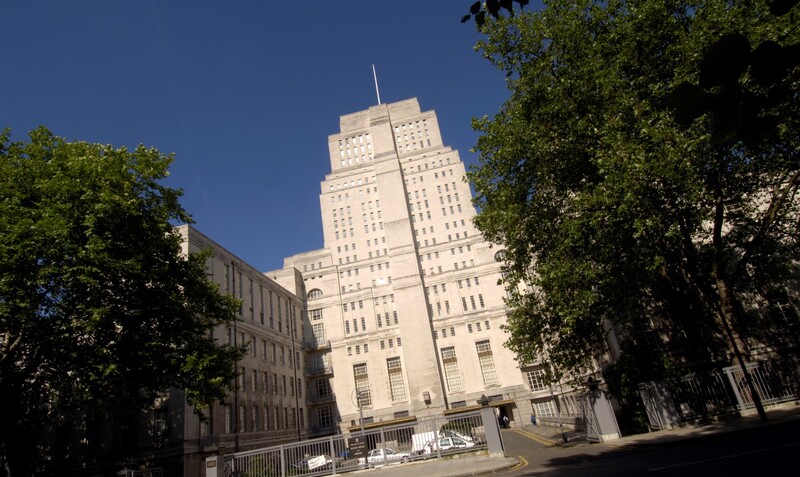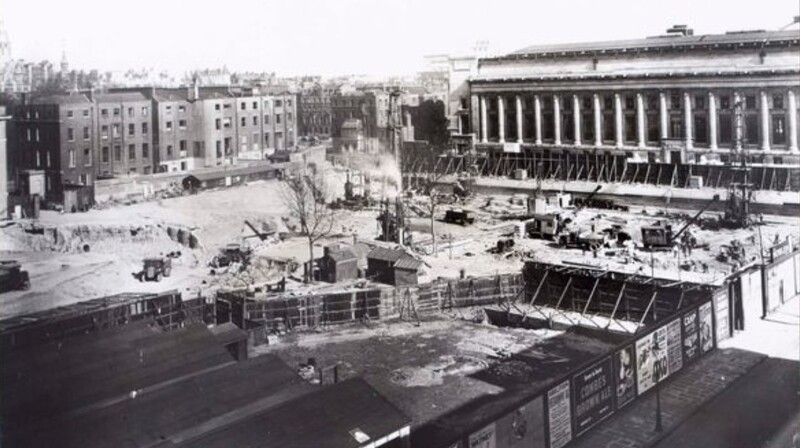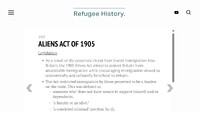Setting the scene: Bloomsbury, 1935
Our walk starts in Russell Square, beneath the imposing structure of Senate House - home to the University of London's headquarters and library as well as a number of research institutes. Russell Square is a busy, vibrant place, filled with students and academics as well as residents and tourists. This is because twenty-first century Bloomsbury is a place of universities and museums, libraries and archives, hospitals and medical research laboratories. But it wasn't always like this.
Bloomsbury was developed later than a lot of London. Until the eighteenth-century everything to the north of Great Ormond Street hospital was still countryside. And when the landowners began to develop the area, it was in a very ordered manner. Architects such as Thomas Cubitt designed houses organised around squares and gardens. And, for a while, until the middle of the nineteenth century, it was a fashionable residential area.
By the early twentieth century, though, Bloomsbury was in decline. The Victorians had built the great railway terminuses of Euston and St Pancras, and industrial slums had arisen around these.
Imagine yourself here in Russell Square in 1935. The area looks rundown. There is smoke in the air and the buildings are black with soot residue. The once-fashionable terraced houses are mostly cheap boarding houses. The streets and squares are quiet. Apart from the British Museum to the South and UCL to the North, there are very few reasons to come to this area of London. But there are now big plans to develop the area into a University quarter: right here, they’re building Senate House to become the University of London’s headquarters - we're actually standing in a building site.
And what about refugees? The eighteenth and nineteenth century saw waves of refugees fleeing religous and racial persecution - the Huguenots, the Jews following the pogroms. But in 1905 Parliament passed the Aliens Act which ended open immigration to the UK, and the restrictions of this act were tightened in 1919, and again in the early 1930s. If someone mentioned refugees to you, here in Bloomsbury in 1935, you might think of the Belgians from the First World War - the UK temporarily lifted restrictions to allow around 250,000 to be admitted. By now, of course, in 1935, the Belgians have mostly all returned home, and refugees are not a common sight in London.
But it's September now in 1935, and the Nazi regime in Germany has just passed something called the Nuremberg Race Laws, which are going to make the lives of Jewish people in Germany very difficult indeed...
Our walk takes us from Senate House, onto Russell Square. We turn left and walk between SOAS (the University's School of Oriental and African Studies) and UCL's Insitute of Education, into Woburn Square. We walk to the northern side of Woburn Square Garden, and see the Warburg Insitute on our left. Follow the walk



